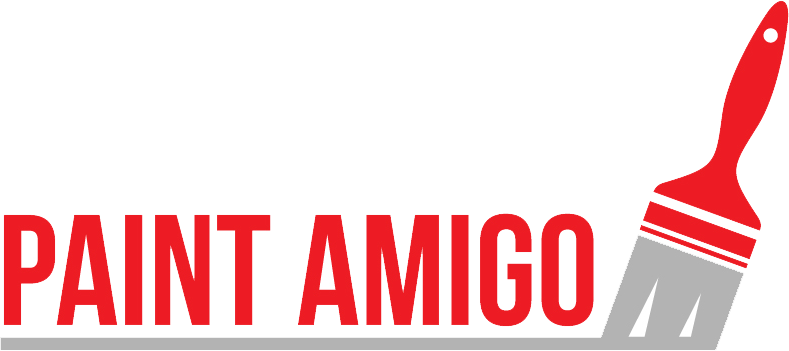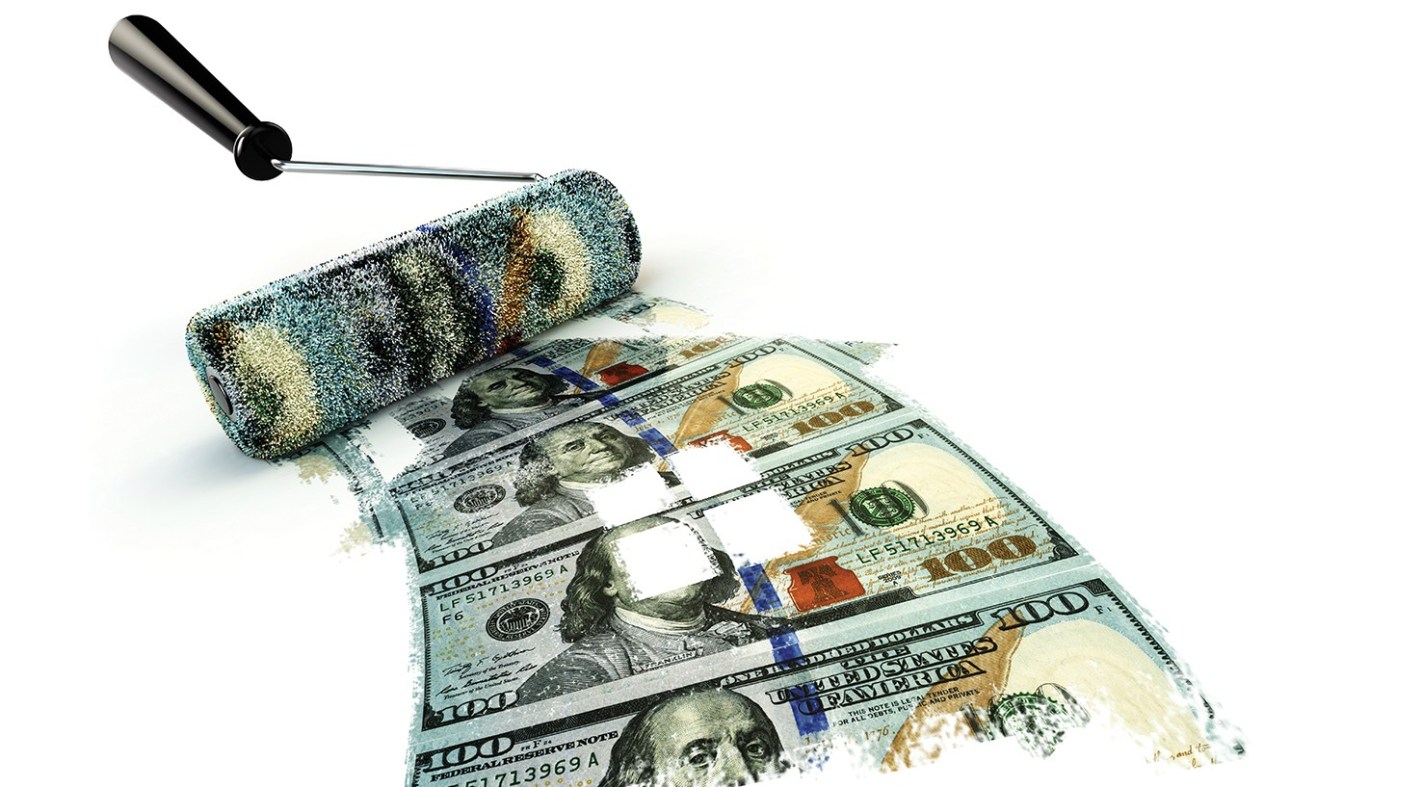Do you know how to estimate painting jobs? Have you ever gone the extra mile to create a professional, detailed estimate… only to lose the job to a low-priced competitor? In this article, I will show you how to estimate painting jobs with your value proposition.
You know that you offer more value than your unlicensed, uninsured and unprofessional painting foe, yet your potential client couldn’t see the obvious differences.
The only possible explanation is this: PRICE RULES.
After working with hundreds of painting contractors to increase closing rates and prices simultaneously,
I promise you that price isn’t the primary reason you’re losing jobs.
They’re buying high-priced products and services
Look at your best clients. They likely live in larger, well-appointed homes in affluent neighborhoods. They drive Cadillac, BMW and Lexus brand vehicles. Their children and grandchildren attend private schools at great expense.
Obviously, price is not their primary consideration in making purchases. Why, then, do potential clients tell you price is the reason they chose your competitor?
Does your estimating process look like this?
After reviewing the sales process of many painting contractors, I found this was the typical experience of the potential paint client:
- Estimate phone call: A client’s call goes to voicemail. They hang up at a rate of 65 percent. The painter loses the lead. If the phone is answered, the painter collects contact information and asks a few project-related questions. The painter sets the appointment. No communication occurs between the call and the appointment.
- Arrival and small talk: The painter arrives on location, introduces himself and says the following sentences: “You have a lovely home.” “How long have you lived here?” “I see you’re a (sports fan, golfer, gardener, etc.)” They pet the dog. They compliment the children. Eventually, this gets awkward. The painter then says, “Show me your project.”
- Looking at the work: Cracks, rotten wood, and other defects are pointed out. Next, the technical painting process is described. The meeting is concluded with a promise that a quote will be emailed.
- Following up: After the proposal is emailed, a call or email is sent to follow up. If there is no response, maybe this happens again or maybe it doesn’t.
How can the client tell the difference?
If you’re honest, there is a good chance this largely resembles your current sales process.
Ask yourself this question: How can a potential client tell the difference between your professional painting company and an unprofessional, low-priced competitor?
For example, a potential client gets three estimates. The customer experience is almost identical. The information presented is similar. How do they make a decision?
It’s simple… they focus on the only observable difference – PRICE.
How to estimate painting jobs moving forward: Shifting your focus from price to persuasion
To stop competing on price, you must focus on the persuasive elements of your sales process.
- Powerful messages: The average painting project in the U.S. hovers around $7,500. This means you are selling an expensive service that is “high risk” in the mind of the client. Therefore, highlight how your painters are background-checked, screened and trained to protect the safety of your clients. Also, reference your satisfaction guarantee and warranty throughout the sales process. Additionally, verify your license and insurance as well. Finally, give your client testimonials and reviews for peace-of-mind.
- Indisputable, abundant proof: Addressing the issues above verbally is not enough. Therefore, for every claim you make, provide source documents. Proof of background checks, warranty and guarantee certificates, licensing, insurance and all third-party review documents should be provided before, during and after your sales appointment.
- Processes and tools that persuade: Working powerful messaging and abundant proof into your estimating system requires the use of tools and processes. Delivering pre-positioning emails, snail mail and texts before the appointment builds trust prior to arrival. Additionally, powerful presentation binders, diagnostic surveys and buyer’s guides can demonstrate your professionalism and educate your clients on how to select a contractor.
- Strategic follow-up: The average American takes 68 days to make a $500 major home purchase. Potential clients may take three to 18 months or longer to make major painting decisions. Therefore, consistently communicate by phone, email, mail and text until the client is ready to purchase.
How to estimate painting jobs: The reality
Producing exceptional painting projects requires exceptional skills, tools and processes. Therefore, producing high closing rates at premium prices requires exceptional sales skills, tools and processes too – invest in building and acquiring yours today!
So Amigos, do you recommend any other tips on how to estimate painting jobs? Comment below…
Also, check out Paint Amigo’s contractor book recommendations below (Amazon affiliate links)…
No products found.
P.S. Download my free eBook The Profitable Painter. Click here.



